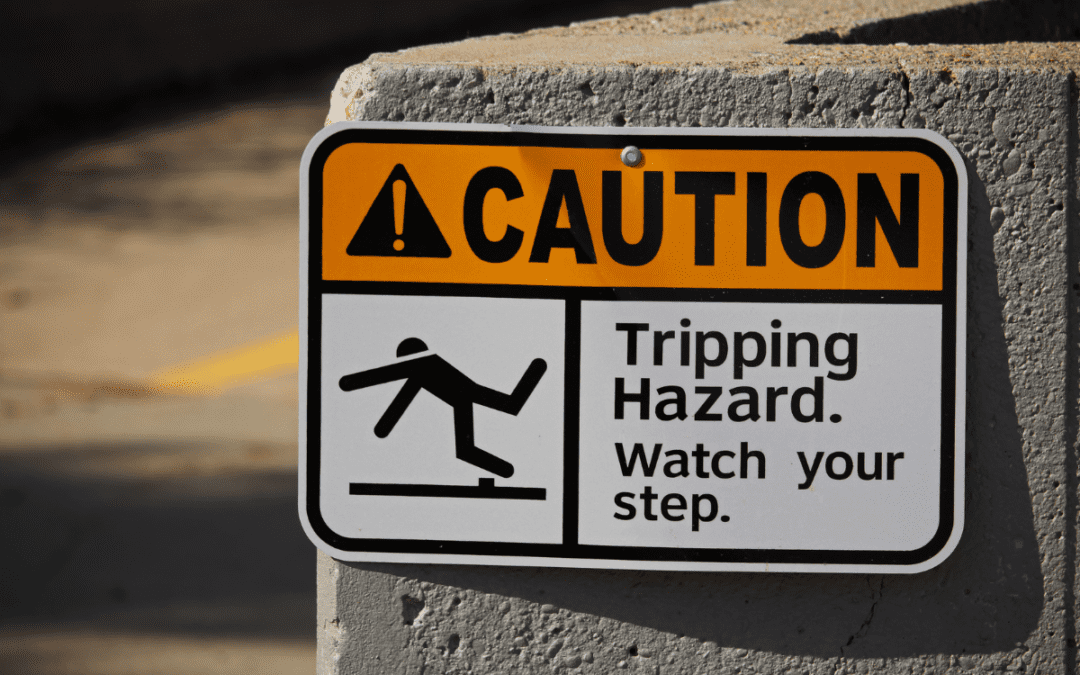Personal injury law is a specialized area of common law called torts. That tort law is invoked when there is personal harm or infringement of property rights caused by another’s intentional or negligent acts or failures to act.
A personal injury tort involves injury or death due to the negligence or intentional act of another person, corporation, or other entity. The victim seeks compensatory damages and perhaps punitive damages.
Product Liability Law
Products liability is a very specialized division of personal injury tort law. A successful claim requires a skilled and experienced personal injury lawyer with knowledge of its complexities.
Florida’s product liability law is based almost exclusively on common law. A Florida product liability action can be found on several different legal theories or doctrines. Florida Statutes §768.81 defines a product liability action as “a civil action based upon a theory of strict liability, negligence, breach of warranty, nuisance, or similar ideas for damages caused by the manufacture, construction, design, formulation, installation, preparation, or assembly of a product.
The term includes an action alleging that injuries received by a claimant in an accident were more significant than the injuries the claimant would have received but for a defective product. The substance of an action, not the conclusory terms used by a party, determines whether an action is a products liability action.”
While the statutory definition of a products liability action is expansive, the statutory rules are limited to a statute of limitations. As defined, a product liability action must be filed within four years after the injury. It is two years for a wrongful death action.
Prosecution of a product liability claim must show that:
- The manufacturer had a duty to the consumer.
- The manufacturer breached that duty.
- The breach of duty was the proximate cause of injury.
- The plaintiff suffered damages.
Strict Liability Concept
Ordinarily, tort claims, including personal injury claims, require the plaintiff victim to show that the defendant was at fault, i.e., either negligent or intentional.
Where the law imposes strict liability, a plaintiff does not need to prove that the defendant’s act was negligent or intentional. The plaintiff only needs to show that the defendant was responsible. That is, the defendant was in a position to prevent the injury.
In Florida, the concept of strict liability applies to product liability cases. However, while the plaintiff does not need to show that a defendant was negligent, the defendant can show that the plaintiff was responsible for his injury, not the product.
Strict liability in product liability cases is based on the policy that a product manufacturer or seller holds themselves out to create and sell a product that consumers can trust as being safe. Even if the manufacturer unintentionally causes injury, they should be held accountable for betraying that trust.
Types of Product Defects
To prevail in a product liability case, the plaintiff must show that the product was defective. A defective product typically includes design defects, manufacturing defects, or marketing defects.
Design defects are built-in because the product is inherently dangerous due to the design flaw.
In 2021, the Consumer Product Safety Commission (CPSC) issued a warning about a popular treadmill after more than 70 incidents of small children being sucked under the machine and injured or killed. The accidents were blamed on a design defect. The manufacturer recalled the equipment, but product liability claims will surely follow.
Manufacturing defects occur if properly designed products are poorly constructed in a way that makes a product dangerous.
They are distinguished from design defects in that they ordinarily don’t condemn an entire product line. Instead, they occur in a few products within a product line. The most common manufacturing defect is poor workmanship that gets past quality controls.
Marketing defects occur when the product is marketed without clear instructions, or the consumer is not warned about the dangers of the product. A product liability claim can be prosecuted even with no design or manufacturing defects if the product is marketed without proper warnings, without complete and clear directions of use, or false and misleading advertising.
Who Can Bring a Product Liability Claim?
The most common plaintiff in a products liability lawsuit is the buyer of the product. However, third parties might have a claim.
Anybody injured by a defective product can sue for damages. That includes someone who is not necessarily the buyer or intended user. For example, a person injured on the job by defective machinery can have a claim against the machinery manufacturer and a workers’ compensation claim.
Who Are Liable for Product Liability?
Depending on the product defect, any one or more parties linked to the supply chain from the designer, manufacturer, marketers, wholesalers, retailers, and the ultimate consumer or user are exposed to product liability.
What To Do If You Are Injured
Product liability cases are very challenging, requiring a working knowledge of design, manufacturing, and marketing defects and the legal complexities.
If you are injured, you should immediately consult an experienced personal injury lawyer with product liability expertise to determine which legal theory or theories would be the best grounds for action and who is liable. They should have access to manufacturing, medical, and others qualified as expert witnesses.
If you are hurt, save the product intact. Don’t try to fix it yourself. Save your receipts, warranty, or other papers showing proof of purchase. Take photos of the product and the physical injury to yourself and others. Save copies of medical records.
Until you speak to an attorney, do not contact the store where you bought the product from the manufacturer or report your injury to anyone.
Damages
Potential damages for product liability injuries consist of compensatory and punitive damages.
Compensatory damages include compensation for economic loss and non-economic loss. Economic losses include medical bills, lost wages, and other damages measured in dollars. Non-economic loss has pain and suffering, mental anguish, and loss of consortium (companionship). There is no cap on either economic or non-economic damages.
The defendant’s conduct is egregious; a plaintiff may be awarded punitive damages. The purpose of punitive damages is not compensatory but rather a punishment or deterrent against such further conduct by the defendant or others.
In Florida, punitive damages are limited by statute. As a general rule, punitive damages may not exceed 3-times compensatory damages or $500,000. However, where the defendant’s conduct was motivated by unreasonable financial gain, and they knew of the high likelihood of injury resulting from its conduct, punitive damages may not exceed 4-time compensatory damages or $2 million.
Wrongful Death Claims
Unfortunately, some product defects result in death. Wrongful death is caused by the fault of another party, including defective products. Florida’s criminal death statute requires the deceased’s personal representative to file the action on behalf of the deceased’s estate and surviving family members.
A wrongful death lawsuit must be filed within two years after the date of death. The damages awarded differ depending on whether they are for the estate or family.
Family members can be awarded damages for lost financial support, lost companionship, and mental pain and suffering.
The deceased estate can be awarded the value of earnings that the dead could have retained as savings to leave as part of the estate.
Workplace Injuries
Ordinarily, a worker injured on the job is compensated through the state workers’ compensation laws. It is a no-fault system so that the employee does not have to show the employer was at fault.
However, sometimes a worker’s injuries are not the sole fault of the employer. For example, a worker might be injured due to defective machinery. In that case, the worker would also have a claim against the machinery manufacturer or installer.
In Florida, that worker can file a claim against the employer under workers’ compensation and the machinery manufacturer.
However, the employee cannot double-dip. Florida Statutes §440.39 provides that workers’ compensation benefits will be offset by any award realized from the third-party action.
Conclusion
Product liability cases are complex involving many different legal doctrines and medical science and manufacturing processes. If you suffer an injury caused by a defective product, your first step should contact an experienced product liability lawyer.
The Bodden and Bennett Law Group, located in Boynton Beach, Florida, has many years of intensive personal injury experience, including product liability claims. If a defective product injures you, contact us immediately for a Free case evaluation.



